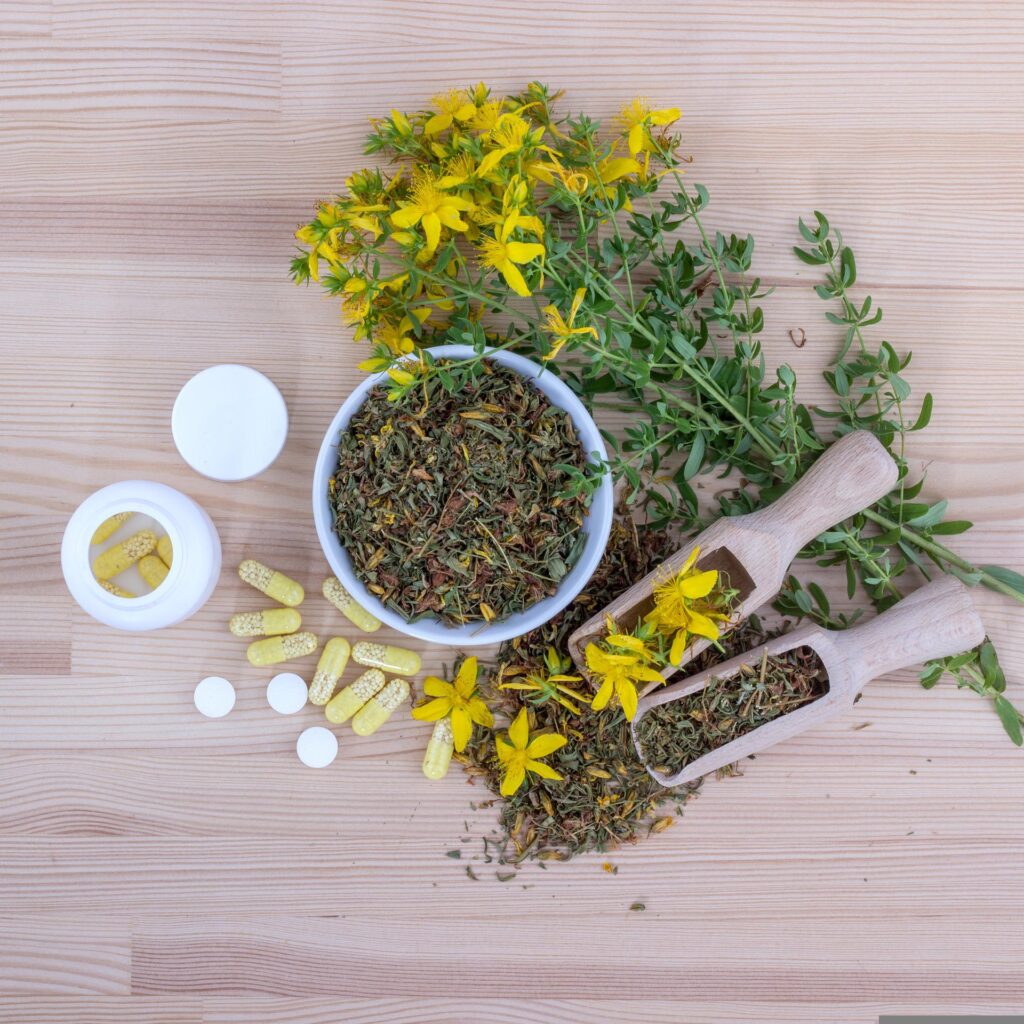
The dietary supplements market continues to grow and is expected to increase by 6.26% in 2021 compared to 2020. Faced with this flourishing market, the challenge for players in the sector is to stand out from the crowd in order to attract and retain consumers. The design of innovative dietary supplements depends on understanding consumer expectations. Natural products, usefulness and indication of consumption, familiarity of the ingredients used … let’s decipher together the criteria of French purchases to innovate on the market !
Innovation in food supplements
Providing proof of efficacy : a prerequisite for innovative food supplements.
The consumer is also increasingly enlightened and proactive. They are looking for proof and turning to familiar ingredients that they understand and know.
The use of “science” is therefore a guarantee of reassurance to provide evidence of the effectiveness of ingredients or complexes of ingredients. Thus, tomorrow’s innovative food supplements will offer ingredients evaluated by in vitro or in vivo studies, or even proprietary clinical studies. Patents, on an extraction process of the ingredient for example, are added to the list of evidence. Nevertheless, evaluating the health effects of an ingredient is a monetary and time investment. Turning to a manufacturer offering turnkey solutions with evaluated ingredients can be a compromise to save time on formulation design.
Another way to reassure the consumer : the use of health or beauty claims. The interest for the industrialist is to be able to communicate distinctly on the benefits of its formulation under cover of the authorities, and thus gain credibility.
The formulation of food supplements
Branding of ingredients : the marketing approach to communicate on your innovative food supplements.
Ingredient branding consists in making an ingredient a real brand image. This approach makes it possible to build a premium discourse around the ingredient and thus to develop its notoriety. In concrete terms, and at the point of sale, this can mean, for example, the presence of a logo of the ingredient on the pack. On-pack communication can also be supported by digital variations. Some suppliers develop websites or social networks with Twitter, Instagram or Facebook accounts dedicated to the promotion of the ingredient. There are also mobile applications dedicated to ingredients, called “digiceutics“. Thus, for the final consumer, the ingredient is a guarantee of seriousness and reliability.
Naturalness and sustainability, the essentials of innovative food supplements.
The naturalness of a dietary supplement is the first choice criterion of consumers in 2021. This term includes natural ingredients but also the clean label approach and organic.
Faced with this growing consumer demand, plant-based alternatives to synthetic or animal-based ingredients are multiplying. This is particularly true for so-called “classic” ingredients, such as vegetable vitamin D3 from lichen.
The “green” trend is also spreading to ingredient extraction processes. Thus, more sustainable and environmentally friendly methods are being developed. Eco-extraction favors : – renewable raw materials, – the use of alternative solvents that respect the health of consumers and the environment, – reduces energy consumption and, – limits the production of waste and favors the synthesis of co-products.
Co-products are also part of the upcycling trend, which consists of transforming products destined to be thrown away into products of superior quality and for another use than their original purpose. In the world of nutraceuticals, flaxseed can be used for example for its richness in fiber and protein, or soy pulp resulting from the manufacture of soy beverage.
Finally, innovative food supplements must also ensure controlled and sustainable sourcing of ingredients. Responsible sourcing can be local, with the development of French or even European channels, but also in the geographical region of origin to preserve the quality of the ingredient. In addition, the supplier can also commit to the labeling of the ingredient with a Fair for Life certification that guarantees a fair trade ingredient.
Sourcing of ingredients and raw materials
The design of innovative food supplements also involves galenics.
One of the challenges of the nutraceutical sector remains the concentration of active ingredients for better efficacy in a minimum number of doses ! This ultimately contributes to improving consumer compliance. One of the levers offered to manufacturers is therefore to play on the galenic.

The powder is a “lifestyle” galenic that illustrates the trend of foodification of nutraceuticals. It also allows a holistic and playful approach to the intake of dietary supplements, thus promoting compliance. Diluted in a drink, sprinkled on dishes as a condiment or integrated into culinary preparations, the powder has many applications. It is also a nomadic format that adapts to the consumer’s lifestyle.
The capsule remains the flagship galenic of the dietary supplements market and has the advantage of being able to concentrate the active ingredients. It also encapsulates active ingredients with a particular smell or taste. Despite its predominance on the market, the capsule is not exempt from innovation! The capsule is evolving with the appearance of capsules containing bi-layer microgranules that allow a controlled release of active ingredients.
The tablet is a major galenic form alongside the capsule and offers a multitude of possibilities: shape, color or size. The effervescent tablet also has many advantages, such as making it easier for consumers who have difficulty swallowing capsules or “classic” tablets to take the tablet. Once dissolved, it also improves the bioavailability of the active ingredient compared to the classic tablet. Moreover, the interest is double, because this galenic also allows to bet on the hydration. Moreover, certain brands communicate on this benefit before that of the supplementation in vitamins and minerals.
There are also processes to go from the liquid form to the dry form of an ingredient. The dispersion of liquid forms (essential oils, macerates, oils) on powders allows to make tablets or fill capsules. Moreover, this technique allows a precise dosage of ingredients and the possibility to adapt the galenic. This technique also benefits from the interests previously mentioned for tablets and capsules.
To go further: packaging and conditionning is also a differentiating factor in terms of innovation, compliance and the sustainability of products and resources used. For example, powders contained in glass jars, kraft containers or in several formats: sachet, jar, kraft refill, favors practicality and the preservation of resources. There are also upcycling containers such as corks.